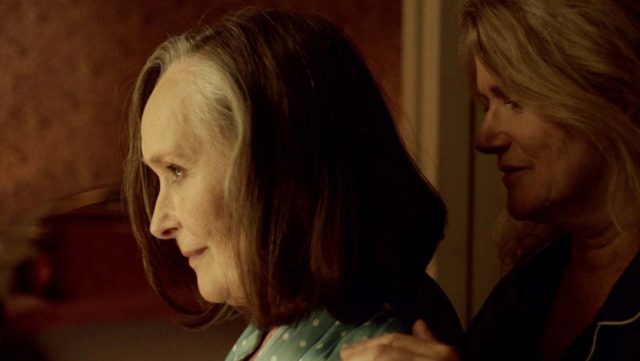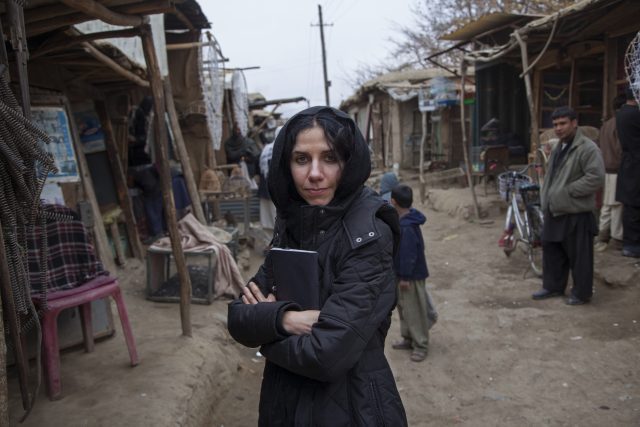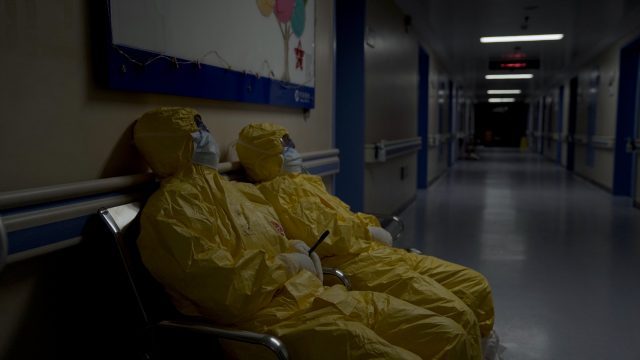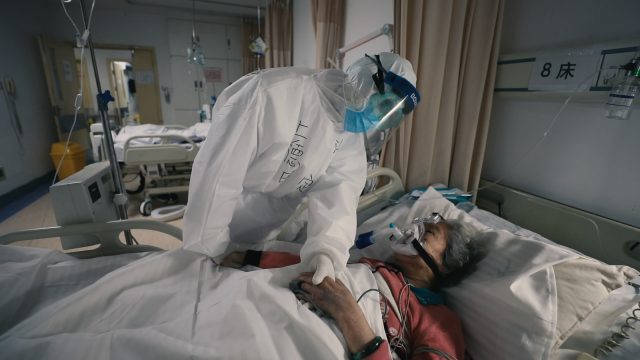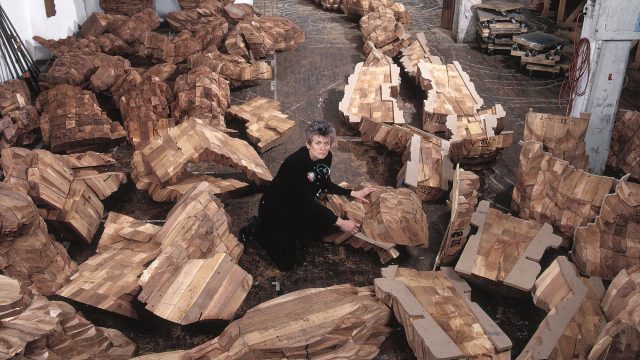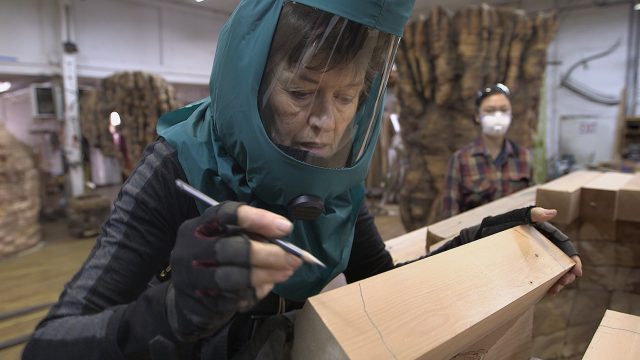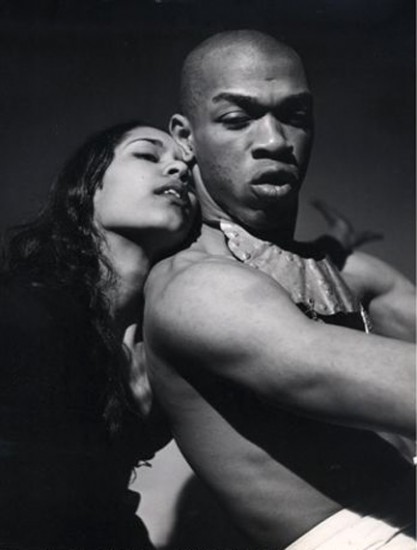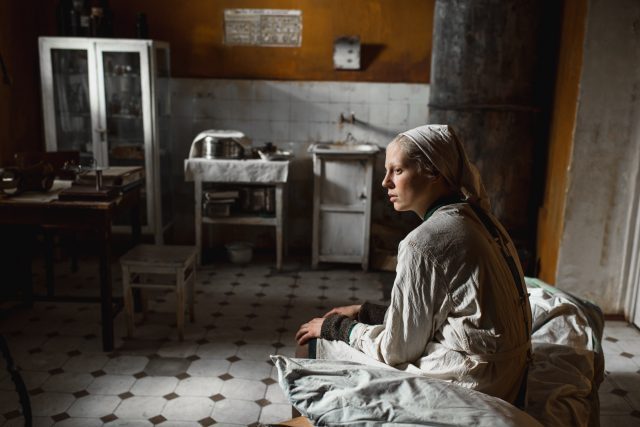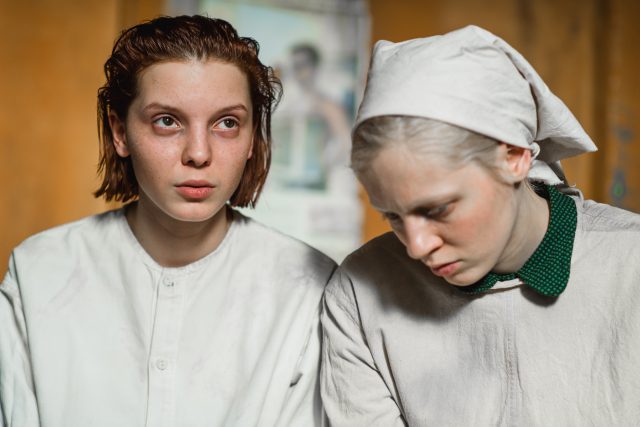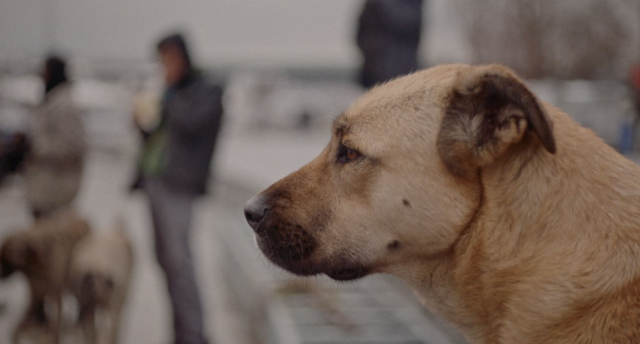
Keytin takes Elizabeth Lo on an amazing journey in Stray
STRAY (Elizabeth Lo, 2020)
Film Forum Virtual Cinema
Opens Friday, March 5
filmforum.org/film/stray
www.straymovie.com
You can have Sounder, Old Yeller, and Lassie, cheer on Balto, Benji, and Beethoven. But the best movie dog ever is Keytin, the extraordinary golden mutt who is the star of Elizabeth Lo’s masterful feature-length debut, Stray. Lo follows the remarkable canine as she wanders through the streets of Istanbul and other parts of Turkey, living a dog’s life, in a place that until fairly recently would regularly round up strays and euthanize them mercilessly. Everywhere she goes, she meets up with people she knows and who love her, from a dock to a dangerous construction site; she also plays with such puppy pals as Nazar and Kartal. Keytin scavenges for food, cuddles up with homeless refugee children from Aleppo, relaxes amid traffic, and chases a cat, all with a look in her eyes that reveals great depth and understanding that humans can only dream of. The film was born out of loss; Lo notes in her director statement, “The impetus for Stray is personal. When my childhood dog died, I felt a quiet need to suppress my grief at his passing. I was shocked that something as personal as how my heart responds to the death of a loved one could be shaped by an external politics that defined him or ‘it’ as ‘valueless.’ As my grief evolved, I also saw how our moral conceptions of who or how much one matters can be in constant flux. This transformative moment is what propels Stray’s exploration into value, hierarchy, and sentience.”
The pandemic has only increased the meaning of pets in our lives, as if we needed more reasons to worship them. For many people, their dogs and cats have been their sole companions while sheltering in place, and it is devastating every time someone posts on social media that their dog or cat has passed — to say nothing of friends and relatives who have been stricken with the coronavirus and did not survive. Crouching down to get the dog’s perspective, Lo filmed the independent, purposeful Keytin for six months, with no choice but to let the confident canine guide the action as they encounter class, ethnic, and gender differences while making deep connections with everyone Keytin comes into contact with — a connection the audience will make as well, especially if they are watching the film at home, all alone. The soundtrack mixes a splendid score by Ali Helnwein with snippets of poignant conversation overheard on Keytin’s journeys, accompanied by occasional intertitles with wise, relevant quotes by Diogenes and Themistius, including “Human beings live artificially and hypocritically and would do well to study the dog.” As I said, Best. Movie. Dog. Ever. Stray begins streaming March 5 via Film Forum Virtual Cinema, complete with a conversation between Lo and filmmaker Rachel Grady and a Q&A with Lo and Joanne Yohannan from the North Shore Animal League, moderated by film critic Tomris Laffly.
